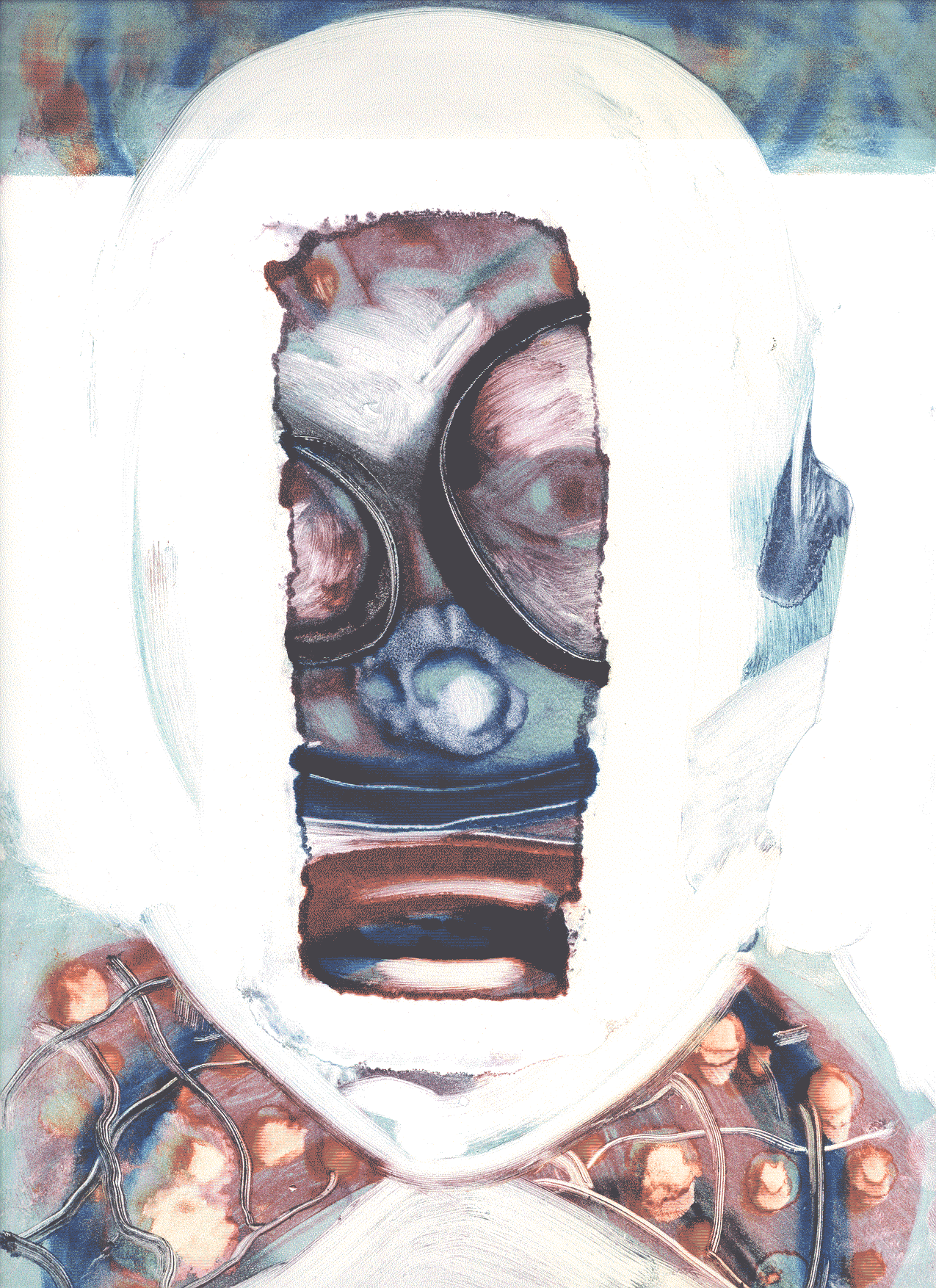R I C H A R D G I N S
 In the Arena |  Burning Man |  Sign of the Times |
|---|---|---|
 The Seer |  Once in a Blue Moon |  Alter Piece |
 Men's Dance |  Fragments |  Taking Shape |
 Spring Thaw |  Spring Thaw #3 |  Spring Thaw #4 |
 Spring Thaw #5 |  Spring Thaw #6 |  Spring Thaw #7 |
 Spring Ritual #9 |  Stormy Spring |  Pink Clouds |
 Kooning 1 |  Kooning 2 |  Kooning 3 |
 Kooning 4 |  Kooning 9 |  Ladies Day |
 True Colors |  True Colors #4 |  True Colors #5 |
 Mask #10 |  True Colors #9 |  Visitation |
 The Gathering |  Many Lives Many Forms |  Ancestors |
 Reoccurring Lives |  Emotion & Color |  David |
 Portrait of Hiding |  Bald Man #9 |  Portrait of a Bald Man |
 Woman #3 |  Man |  Valerie |
 Woman w Diamonds |  Man in Stripe Shirt |  Mannequin & Hanging Ball |
 Mannequin 2 |  Mannequin w/Shadow |  Lost at Sea |
 Emotional Landscape |  Man Container |  Inner World |
 3 1/2 + 2 Small |  Womb Figure w/Box |  Womb Figure |
 Womb Figure #2 |  Womb Figure #2a |  Womb Figure 3 |
 Man with Window Shadows |  Burning Man 2 |  Speeding Man |
 Message:The Space Between |  Self Portrait 2 '77 |  Inner Spiral 4 |
 Swath Revealing |  Central Ave |  Rooftops ABQ |
 Night Ride |  Passing in the Night |  Night Ride Home |
 Night Ride Home 2 |  Landscape in 3 Shapes |  Portrait in Shapes #26 |
 Portrait in Shapes #23 |  Portrait in Shapes #36 |  Portrait in Shapes #21 |
 Portrait in Shapes R&B |  Large Shapes Portrait #7 |  Large Portrait in Shapes #13 |
 The Bridge |  Lost in a Storm |  Desert Storm |
 New Mexico Landscape |  NM Landscape 2 |  Fertile Valley |
 NM Canyon |  Night Shuffle |  City Night Dance |
 Night Boogie |  Night Window Shopping |  Corner Store Night Scene |
 City Late Night |  Urban Dance |  City Shuffle (Joe's City) |
 Shopping Dreams 7 |  Shopping Dreams 8 |  Shopping Dreams 5 |
 Shopping Dreams 1of 3 |  Shopping Dreams 2 |  Shopping Dreams 3 |
 Storyline w/Red Woman |  Leaning Inward |  The Great Swirl |
 Growing Upward |  Creation Triptych |  Man w/Shadows #4 |
 Man w/ X Shadow |  Wrapped Man |  Three Men in Shadows |
 Men in Window w/Shadows |  Two People in Window |  To the Inner Room |
 Man in Window w/Flowers |  Woman w/Baby in Window |
M O N O T Y P E S
I have been making monotypes for over 50 years. Making monotypes is one of my favorite medium, because it is easy to add ink or wipe it away, allowing images to quickly evolve, appear, disappear and transform, opening the door to the unknown. With it’s versatile properties, monotypes demand that I not just copy, but use this spontaneous freedom to find something interesting and meaningful. This requires taking the emotional risk of not knowing the outcome before you begin.
Monotypes are the perfect marriage of painting and printmaking. It requires the same sensibility as a painter, working in full color directly on the plate, yet the prints have unmistakable qualities that can only be achieved by printing the image on paper. I use all kinds of tools like: rags; Q-tip; my fingers; paper (to blot off ink, to cut shapes and edges to stencil or a mask an area); wood; razor blades, etc.